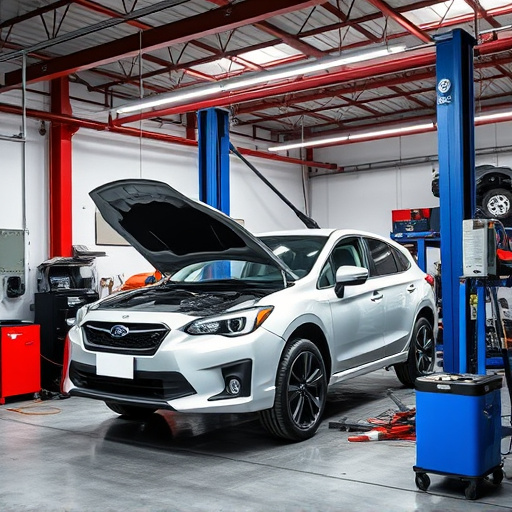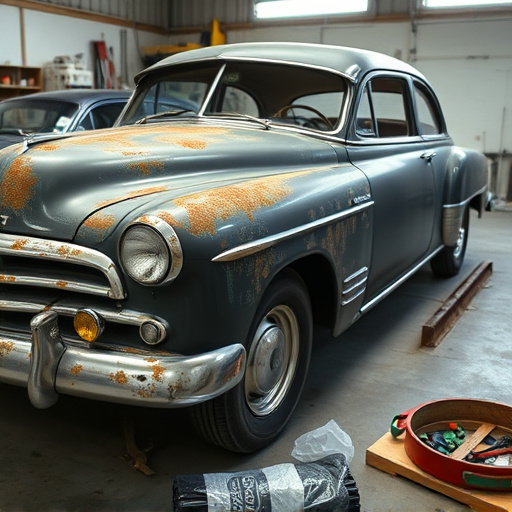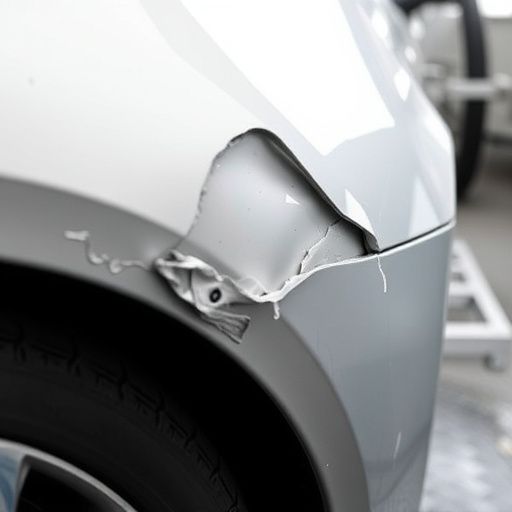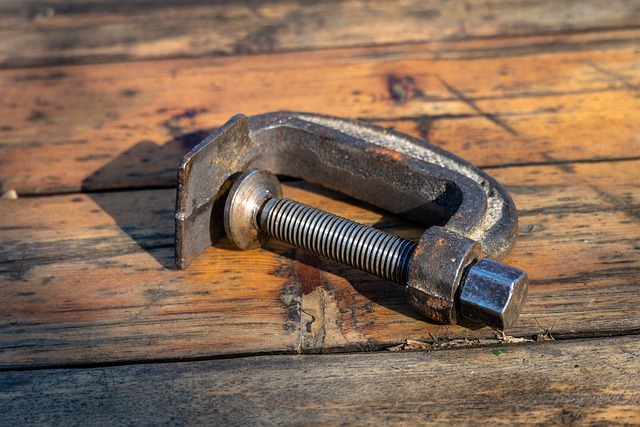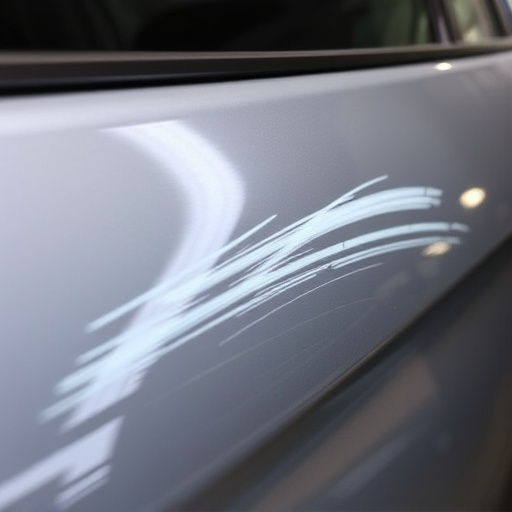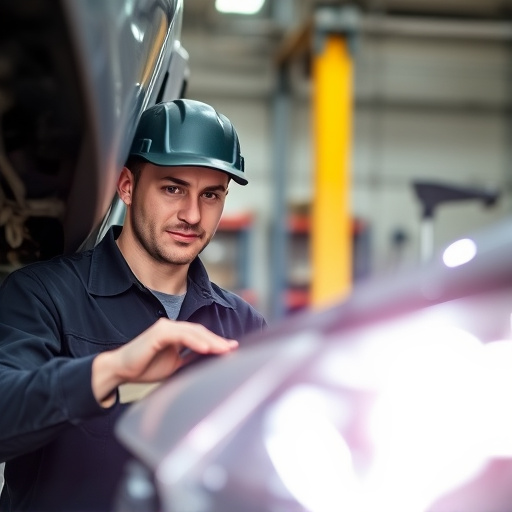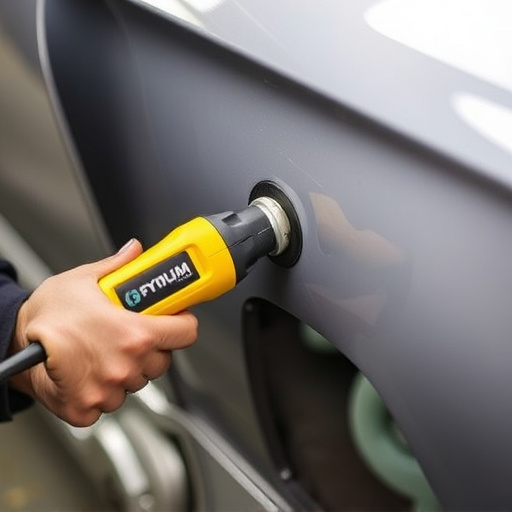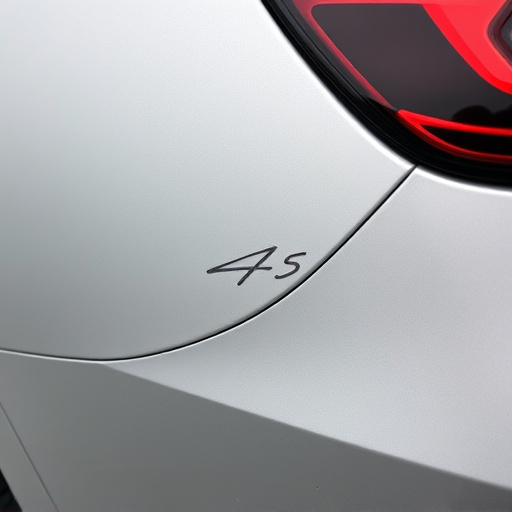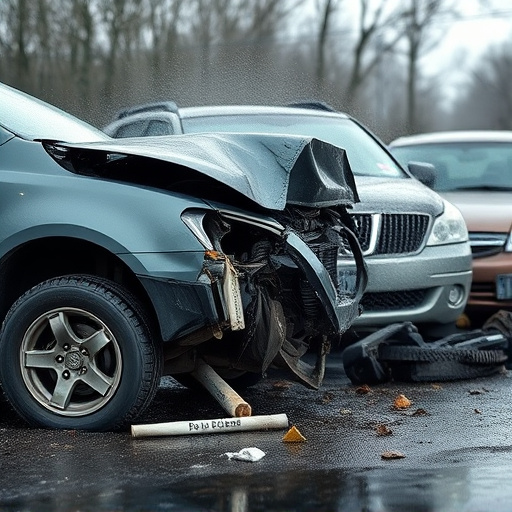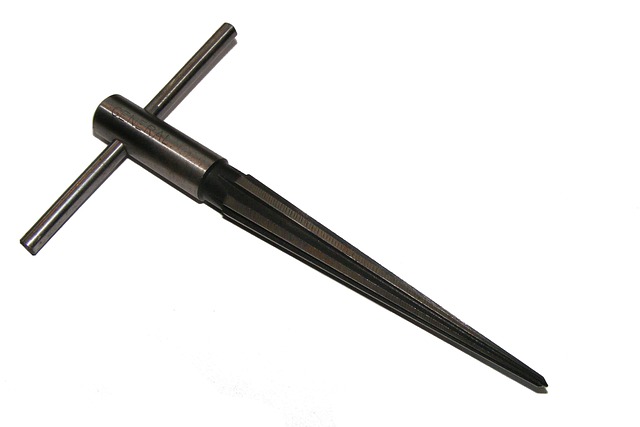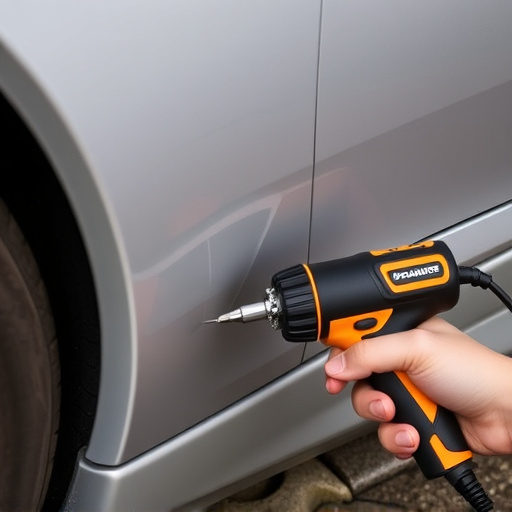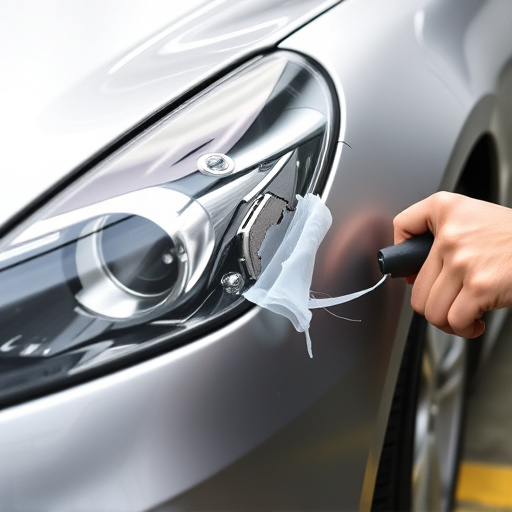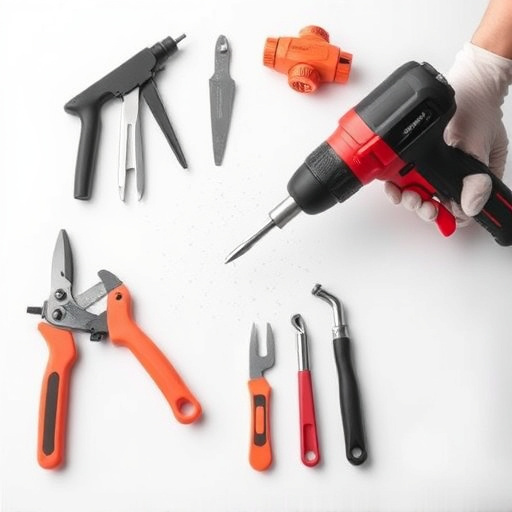To maintain OEM Collision Certification, automotive professionals must restore vehicles to factory standard repair using OEM-spec components, high-quality materials, and advanced paint techniques. This meticulous process involves visual assessment, disassembly, testing against manufacturer specs, reassembly, and ongoing training to ensure aesthetic and functional excellence while preserving vehicle safety and value.
In the realm of automotive restoration, maintaining Original Equipment Manufacturer (OEM) collision certification is paramount to ensuring precision and quality. This article delves into the meticulous inspection process designed to uphold strict factory standard repair techniques. By understanding the intricate requirements and following a comprehensive step-by-step guide, professionals can guarantee long-term compliance, preserving the integrity of vehicles post-collision repair.
- Understanding OEM Collision Certification Requirements
- Step-by-Step Inspection Process for Accuracy
- Ensuring Long-Term Compliance with Factory Standard Repair Techniques
Understanding OEM Collision Certification Requirements
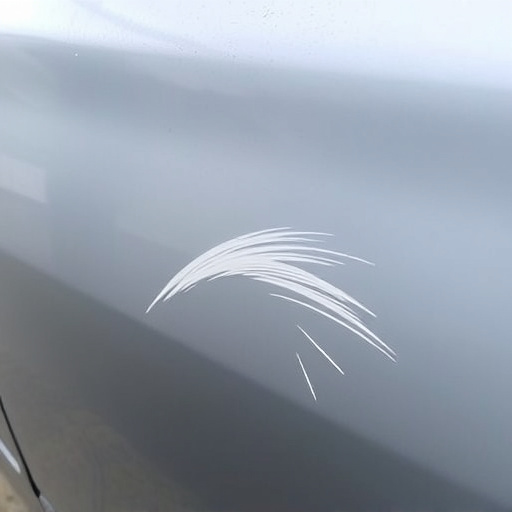
To maintain OEM (Original Equipment Manufacturer) Collision Certification, understanding the specific requirements is paramount. This certification ensures that vehicles are restored to their factory standard repair, preserving the original aesthetic and structural integrity. It involves adhering to stringent guidelines for parts replacement, paint services, and overall bumper repair processes. Car paint services must match the exact color specifications and finish of the vehicle’s original paint job, often requiring advanced techniques and specialized equipment.
Automotive restoration professionals play a crucial role in navigating these requirements. They are tasked with accurately identifying OEM-spec components, utilizing high-quality materials, and ensuring precise alignment during bumper repair. This meticulous attention to detail guarantees that the finished product not only meets but exceeds industry standards, maintaining the vehicle’s value and safety for years to come.
Step-by-Step Inspection Process for Accuracy
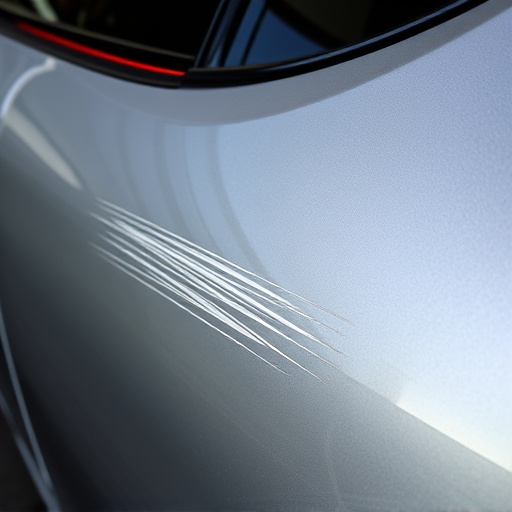
Maintaining OEM collision certification requires a meticulous inspection process that ensures every repair adheres to factory standard standards. The journey begins with a thorough visual assessment, where skilled technicians meticulously examine the vehicle for any signs of previous damage or misalignment. This initial step is crucial as it lays the foundation for the subsequent detailed evaluation.
The next phase involves disassembling specific components, especially those affected by potential car collision repair or hail damage repair. This allows for a deeper dive into hidden areas, ensuring no residual debris or incorrect repairs are overlooked. Each part is scrutinized against the manufacturer’s specifications, checking for proper fit, finish, and functionality. Once all components pass this rigorous test, they are carefully reassembled, completing the step-by-step inspection process designed to uphold factory standards in every car body repair.
Ensuring Long-Term Compliance with Factory Standard Repair Techniques
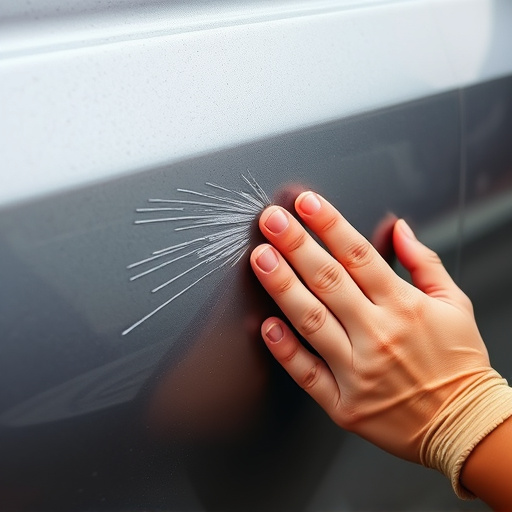
Maintaining OEM collision certification requires a commitment to upholding factory standard repair techniques over the long term. This involves adhering strictly to the manufacturer’s guidelines and using approved parts and processes for every repair. By prioritizing these standards, collision centers ensure that vehicles not only look like new but also perform as intended, providing safety and reliability for years to come.
Regular training and updates on the latest factory-approved methods are essential for technicians. Staying current with advancements in vehicle technology and repair techniques allows for precise, efficient, and effective auto maintenance, addressing not just visible issues like car scratch repairs but also hidden components that contribute to overall vehicle health. This holistic approach to vehicle repair is key to preserving certification and customer satisfaction.
Maintaining OEM collision certification involves a meticulous inspection process that ensures vehicles meet strict factory standard repair techniques. By understanding the requirements and adhering to a step-by-step approach, collision centers can guarantee long-term compliance, providing customers with reliable and high-quality repairs. This, in turn, strengthens their reputation as trusted service providers in the automotive industry.
